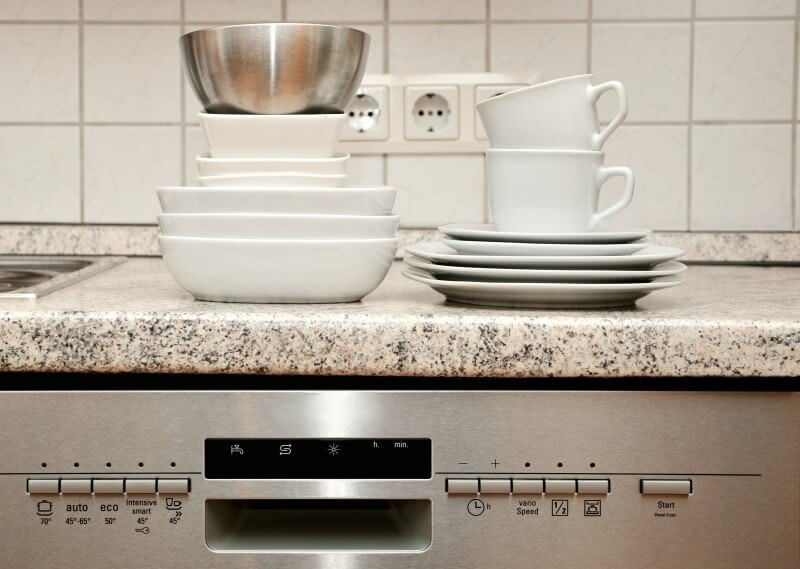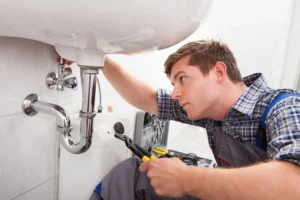A properly working dishwasher is a time-saving hero in any kitchen helping you stay on top of dirty dishes without lifting a sponge. But when it stops draining and you find water sitting inside, things can go south quickly. Thankfully, in many cases, this issue can be resolved with some simple DIY steps before you call a technician.
Here’s how you can troubleshoot and fix a dishwasher that isn’t draining.
✅ Step 1: Run the Drain Cycle Again
If you open your dishwasher to find standing water, the easiest first step is to run the drain cycle one more time. Sometimes, the cycle gets interrupted or doesn’t complete properly. Running it again may solve the problem instantly.
Even if this works, consider continuing with the steps below to prevent the issue from happening again.
🧼 Step 2: Check Your Sink Drain
Run your sink faucet and see if water drains freely. If your sink is also clogged, it could mean a shared plumbing blockage.
Try this simple method to clear buildup:
- Pour 1 cup of baking soda into the drain
- Add 2 cups of white vinegar
- Let the solution fizz for 30 minutes
- Finish with dish soap and a kettle of hot water
This can help dissolve gunk and improve water flow through your drainpipes.
⚙️ Step 3: Clear the Garbage Disposal
If you have a garbage disposal, it might be blocking water from draining. Here’s how to clear it:
- Toss a few ice cubes down the disposal
- Run it for 15–20 seconds
- Follow with running water to flush out debris
Tip: Running your disposal for 15 seconds after every use can prevent future issues with your dishwasher drain.
🌀 Step 4: Clean the Air Gap
The air gap (that small metal or plastic cylinder near your faucet) prevents water from backing up into your dishwasher. If it’s clogged, water can remain in the appliance.
To clean:
- Unscrew the air gap cover
- Use a stiff brush to remove gunk
- Rinse thoroughly
While you’re at it, check the drain hose attached to the air gap. Blow air through it or disconnect it carefully to check for obstructions. Clean it with hot water, dish soap, and a long bottle brush.
🔎 Step 5: Inspect the Dishwasher Drain
Locate the dishwasher’s internal drain (usually beneath the bottom rack). If it’s covered with a plastic grate, refer to your user manual for safe removal instructions.
- Remove food scraps or visible buildup
- Use baking soda + vinegar to break up unseen clogs
- Rinse with hot water
Run an empty cycle with one cup of bleach to sanitize. Follow it with a hot water rinse cycle before using the dishwasher again.
🔧 Step 6: Check These Key Dishwasher Parts
Still have draining issues? It’s time to inspect these common culprits:
- Drain hose – check for kinks or bends
- Valve bracket – ensure it moves freely
- Timer or control panel – confirm proper operation
If none of these solves the issue, call in a qualified technician. A professional can assess components like the:
- Drain pump
- Pump solenoid
- Piston and nut assembly
- Motor belt
- Door switch or control board
🛡️ Avoid Future Hassles with Regular Dishwasher Maintenance
Preventing drainage issues starts with regular maintenance. Here’s what to do:
- Scrape plates before loading (but skip rinsing)
- Clean filters monthly
- Run hot water cycles with vinegar every few months
- Clear out the garbage disposal and air gap regularly
🔧 Protect Your Appliances with Prestige Home Guard
Dishwasher repairs can be costly. With Prestige Home Guard, your kitchen appliances are protected from unexpected breakdowns saving you time, stress, and money.










